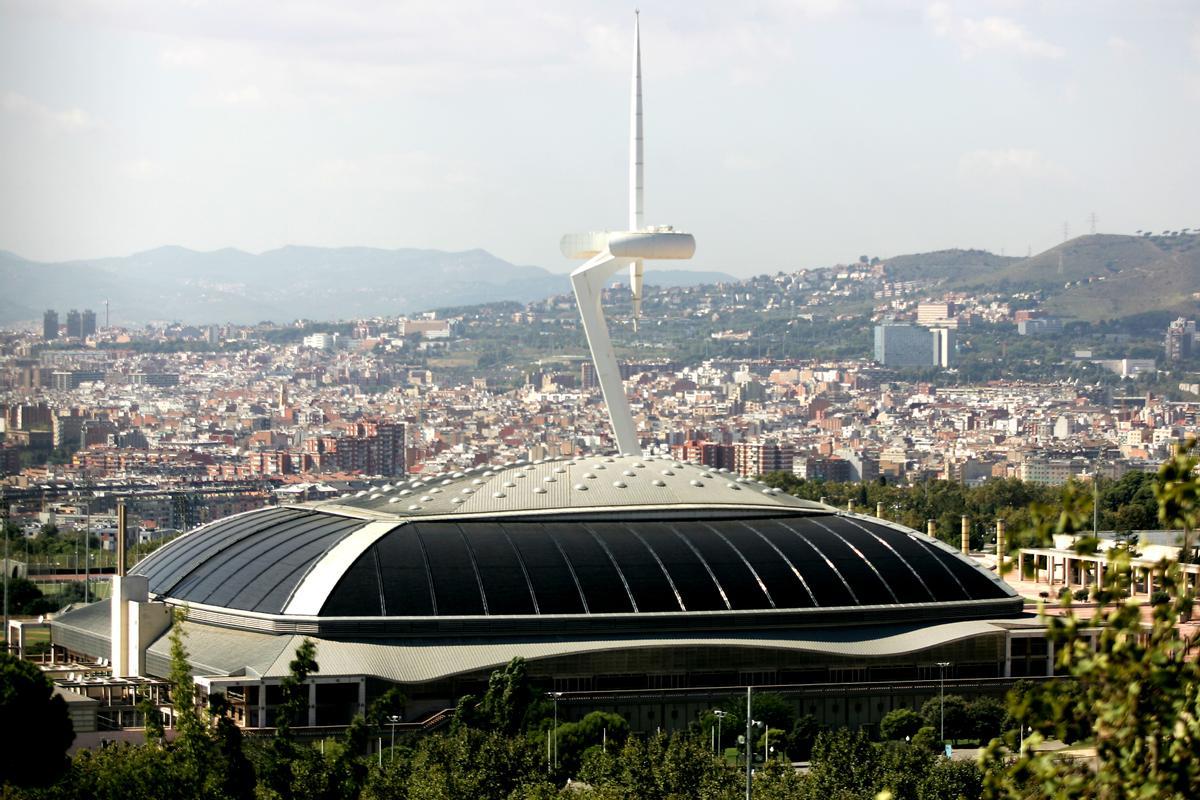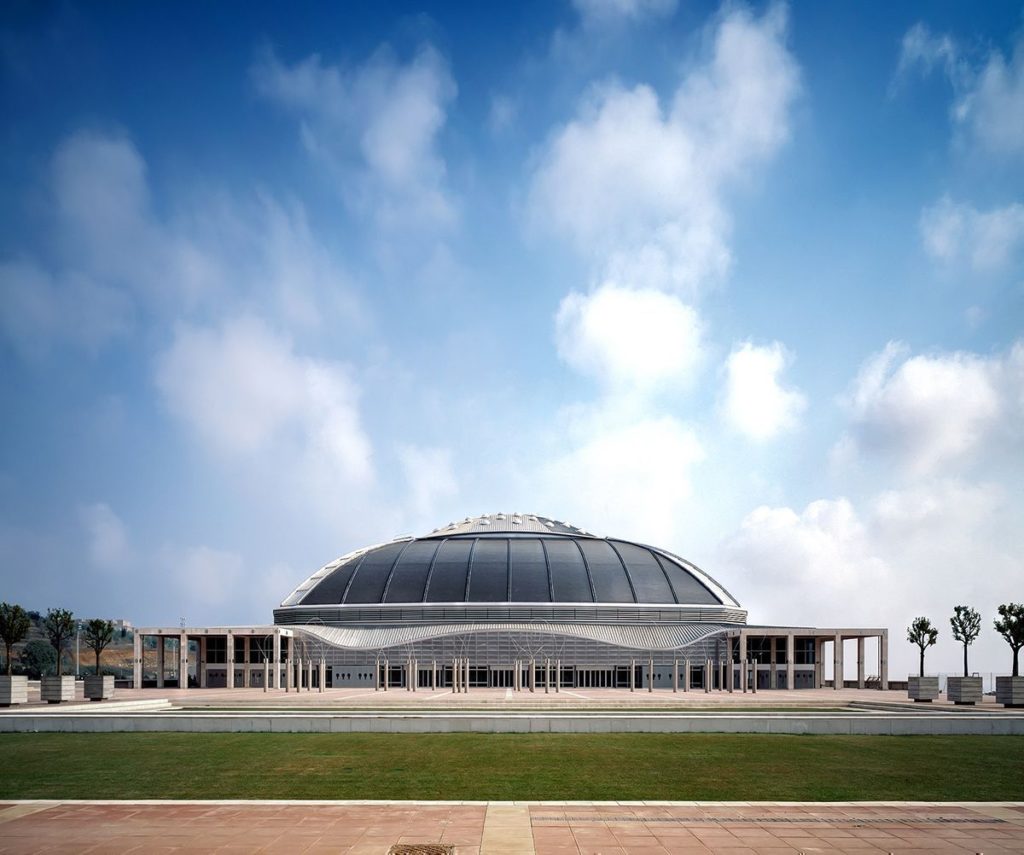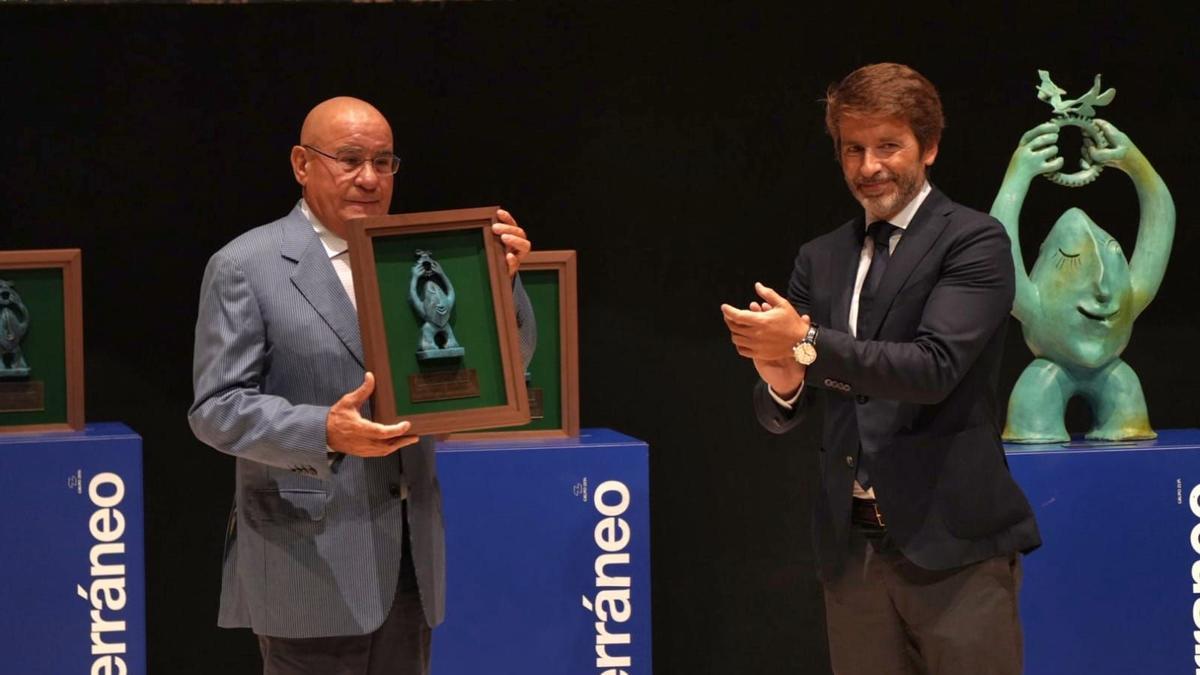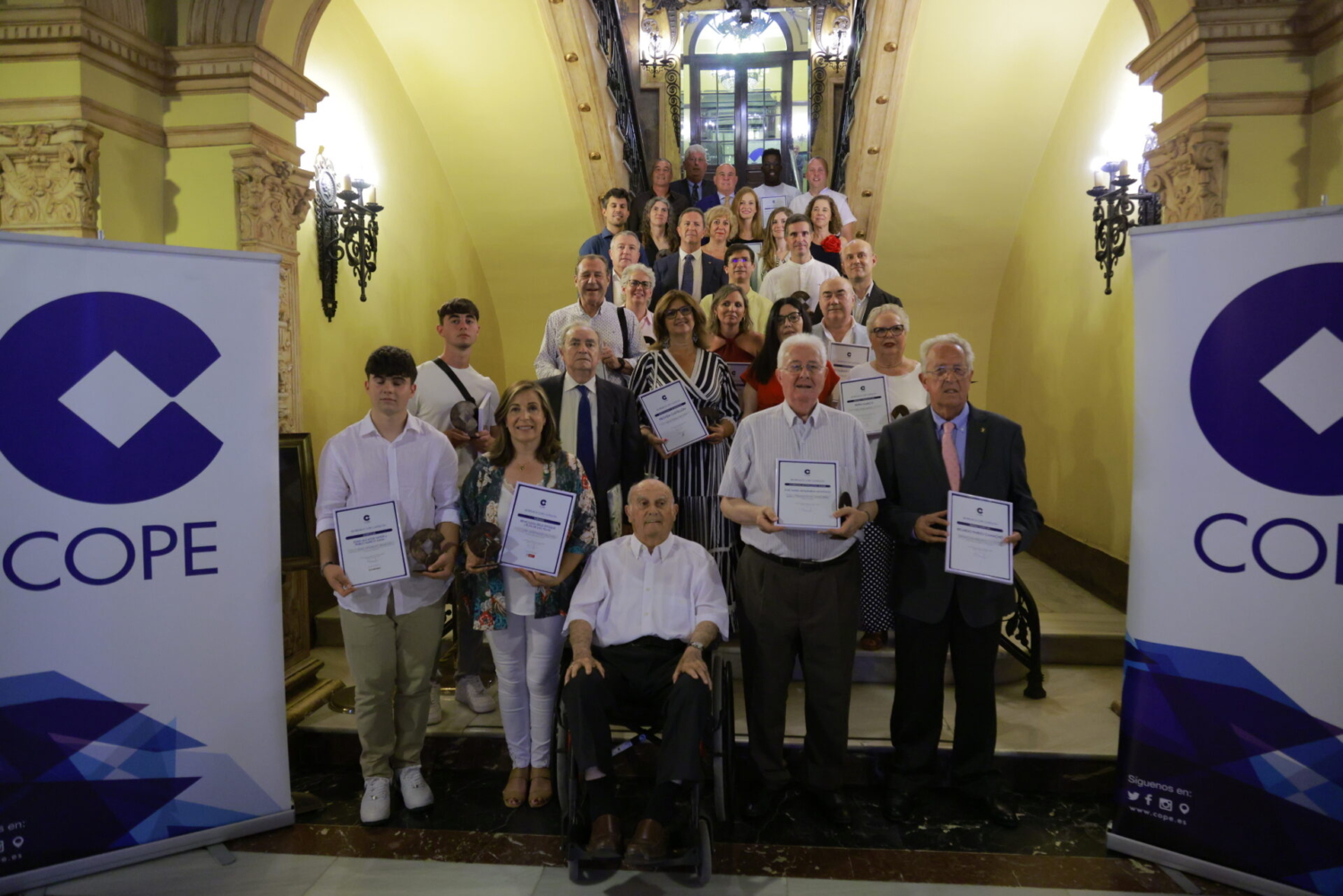
- October 4, 2023
Macer and the Games of ’92.
Discover the relationship between Macer, The Olympic Games and a Japanese architect.
One of the experts’ recommendations when publishing on Linkedin is to tell your success stories.
In the ceramic industry, where competition between companies is so high, we have a duty to safeguard the privacy of our customers. In our case, revealing recent success stories can help give clues about what the company is working on to its direct competition.
Not in vain, the shape of the blocks usually alludes to the final format, while the punches themselves have just revealed the negative drawing of what the future ceramic piece will be.
And for this reason, we think long and hard before publishing content that may be sensitive to our customers.
However, today we bring you a very special case.

As you may have seen in the photos, it is the Sant Jordi .Palau
The Sant Jordi Palau was designed for the 1992 Olympic Games. Built with bricks, zinc, travertine, and tiles.
Si, lo sabemos. Hace algún tiempo de esto. Pero sigue siendo un proyecto impresionante, por su complejidad, y por su belleza. Así, que decidimos rescatarlo para contaroslo.
Arata Isozaki was in charge of building this megalithic structure, in which the roof, designed for the occasion, is considered a masterpiece of modern architecture and engineering. Its structure and machined materials give it great flexibility that allows the venue to be adapted to host all types of events.
The Uralita group was the firm selected for the study, manufacture and assembly of the unique roof of the Palau, based on the design carried out by the Japanese architect.
The collection, made up of 13 pieces, which they named Gold Tile, is made of modules measuring 20×37.5 cm and 8mm thick, weighing 1.2kg and absorbing less than 2%. It was subjected, given its application in an emblematic building, to all the standardized tests for resistance to abrasion, absorption, permeability, flexural traction, frost resistance, thermal shock, resistance to acids and resistance to scratches, far surpassing them all.
This collection, created as a result of the project, can still be found for sale on certain channels.
To manufacture these pieces, the Uralita group trusted Macer to design and manufacture the molds that would give life to the tiles that would cover the central area of the roof. Pieces that were not easy to manufacture.
In the words of Agustín Poyatos, General Manager at Macer:
“These are very complex pieces. Its curved shapes and closed angles posed a challenge when designing the molds, since there were very closed points where tensions were generated during compaction.
“…Also not all the pieces were flat. The ridge and the pieces with facing or finishing also had an added complexity, especially when it came to distributing the load of soil in the mold, so that the pieces had the same compaction throughout their surface. Keep in mind that at that time, there was not much study on pressing, and bringing such complex pieces to life was a trial-and-error job, but with the satisfaction of having managed to carry out a work that you know is classy.”

This emblematic building remains today the largest indoor sports facility in Barcelona, and one of the most advanced systems in the use of ceramics on roofs due to its formidable development of special pieces as well as its anchoring system.
Built between 1983 (30 years since the beginning of its works) and 1990, its author is considered one of the masters of contemporary Japanese architecture. He is an honorary fellow of the American Institute of Architects, a member of the Bund Deutscher Architekten, and a knight of the Order of Arts and Letters. Isozaki received the prestigious Pritzker Prize in 2019, the most important award in the field of architecture awarded to those who have produced consistent and significant contributions to humanity through the art of architecture.

Related articles











